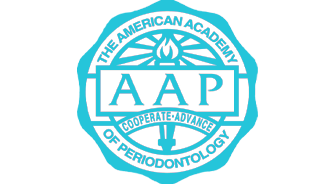Our Services
Oral Surgery
Tooth Extractions
An extraction is done in a single appointment and is generally pretty quick and easy. We will only recommend extraction of a tooth if we feel that no other restorative options would be helpful. Before removing a tooth, local anesthetic is used to numb the area. Slight pressure is applied to help loosen the tooth, but patients should stay comfortable during the process. Extractions are usually faster than the actual time it takes for the area to numb. Once the tooth has been extracted, you may need to apply pressure to the area by biting on a gauze pad for a few minutes. This helps with clotting. Stitches are generally not needed but will be determined for each case individually. Instructions will be reviewed with the patient after the procedure has been finished.
Crown Lengthening
Crown Lengthening is a procedure performed to give a crown more retention. In some cases, there is not enough tooth structure left to support a crown needed for a tooth. In order to provide more retention, more surface area must be acquired. By trimming away some gum tissue and some bone surrounding the tooth we can in essence expose more of the tooth above the gumline to attach a crown. This is a very common procedure that only requires one visit. The healing process takes about two to three months, at which point you can return to the office to have the crown placed
Bone Grafting
To accomplish this, particulate graft material from a human donor is placed into the tooth socket and packed down to remain in place. The graft is then covered by a resorbable membrane which will allow your gums to grow over the graft without disrupting or growing into the site. The graft then acts as a place holder as your body slowly turns the donor graft into your own bone over the course of about four months. Since gum tissue grows faster than bone, an un-grafted site can lose up to 60% of bone in the area, making implants difficult if not impossible to place in the future.
With today’s materials and techniques, bone grafting has become a routine, predictable and minimally invasive procedure, easily managed in an office setting.
At Stowe Family Dentistry we pride ourselves in the delivery of quality care.
If you need more information, have any questions, or want to schedule an appointment, please contact us! Our office hours are Monday – Thursday 8am to 4pm.
Stowe Family Dentistry
Contact Us
New Patient Forms





